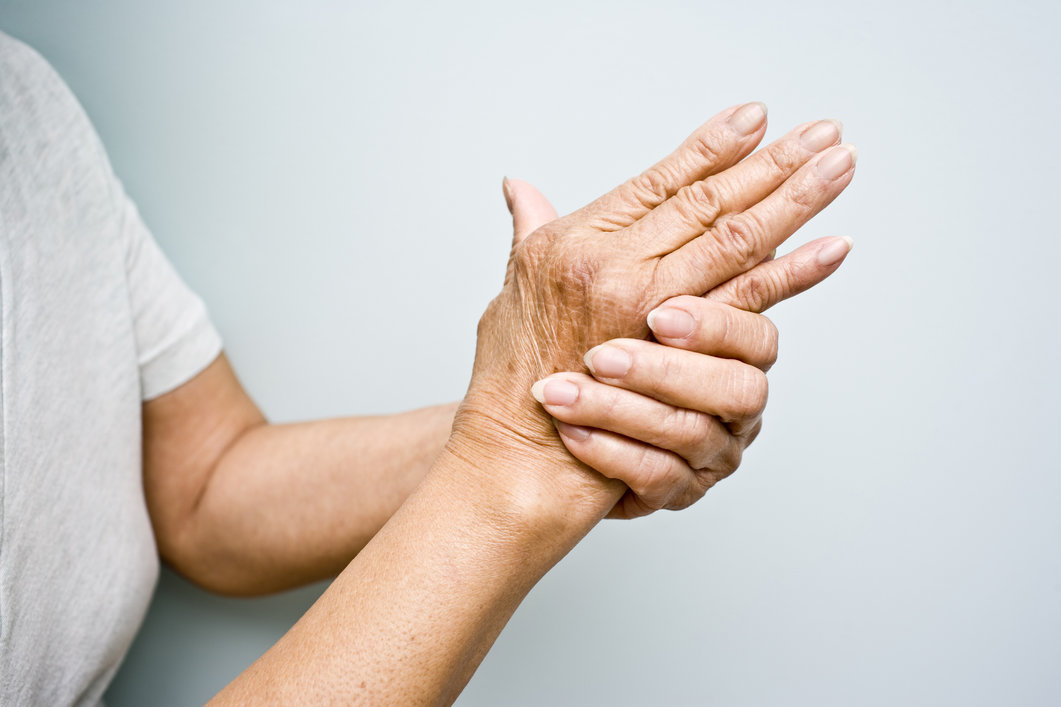Miss Shamim Umarji
Consultant Orthopaedic Surgeon
Specialist expertise: Hand and Wrist Problems, Sports Injuries, Orthopaedics, Carpal Tunnel, Cubital Tunnel, Trigger Finger, Arthritis, Hand & Wrist.
Finger joint arthritis refers to the wear and tear, usually age-related, of the cartilage in the finger joints

Osteoarthritis refers to a process, usually age-related, of degradation and degeneration of the cartilage lining a joint, and subsequent changes in the bone adjacent to that joint.
Osteoarthritis in the hand tends to affect the middle (“proximal interphalangeal or PIP”) and terminal (distal interphalangeal or DIP) joints of the fingers, as well as the joint at the base of the thumb (see thumb base arthritis page).
In most cases the changes seen are related to ageing and the cumulative effects of the use of the finger joints. Individuals can possess a genetic pre-disposition to developing osteoarthritis, and in some cases the changes can be secondary to a previous injury, or longstanding joint disease such as rheumatoid arthritis.
The principal symptoms are of pain, stiffness of the joint and loss of function. The degree of functional loss will depend on the joint involved and the severity of that involvement. The diagnosis can usually be easily made with a combination of clinical examination and standard x-rays.
Treatment of this condition usually progresses from less invasive to more invasive techniques, depending on the level of symptoms and the response of those symptoms to treatment:
The pros and cons of the different treatment options would, of course, be discussed with you by your surgeon.
Currently selected day
Available consultations
Causes
Ageing, general wear and tear.
Symptoms
Pain, stiffness of the joint and loss of functio...
Treatments
Pain relief medication, ultrasound guided inject...
We boast a truly integrated team of orthopaedic surgeons, sports medicine physicians, podiatric surgeons, rheumatology specialists, paid medicine consultants and hand therapy specialists. All of these services work together in one place, enabling us to give patients the best care possible.